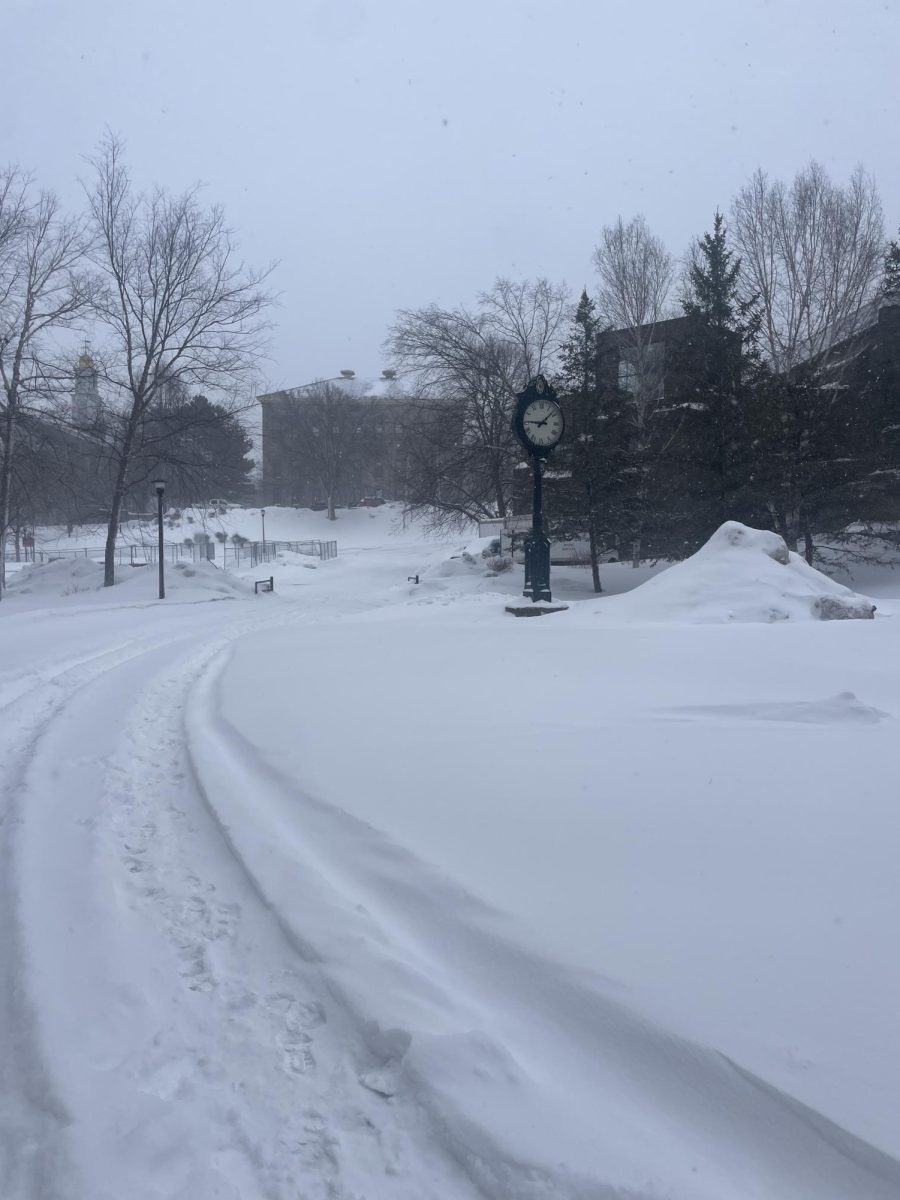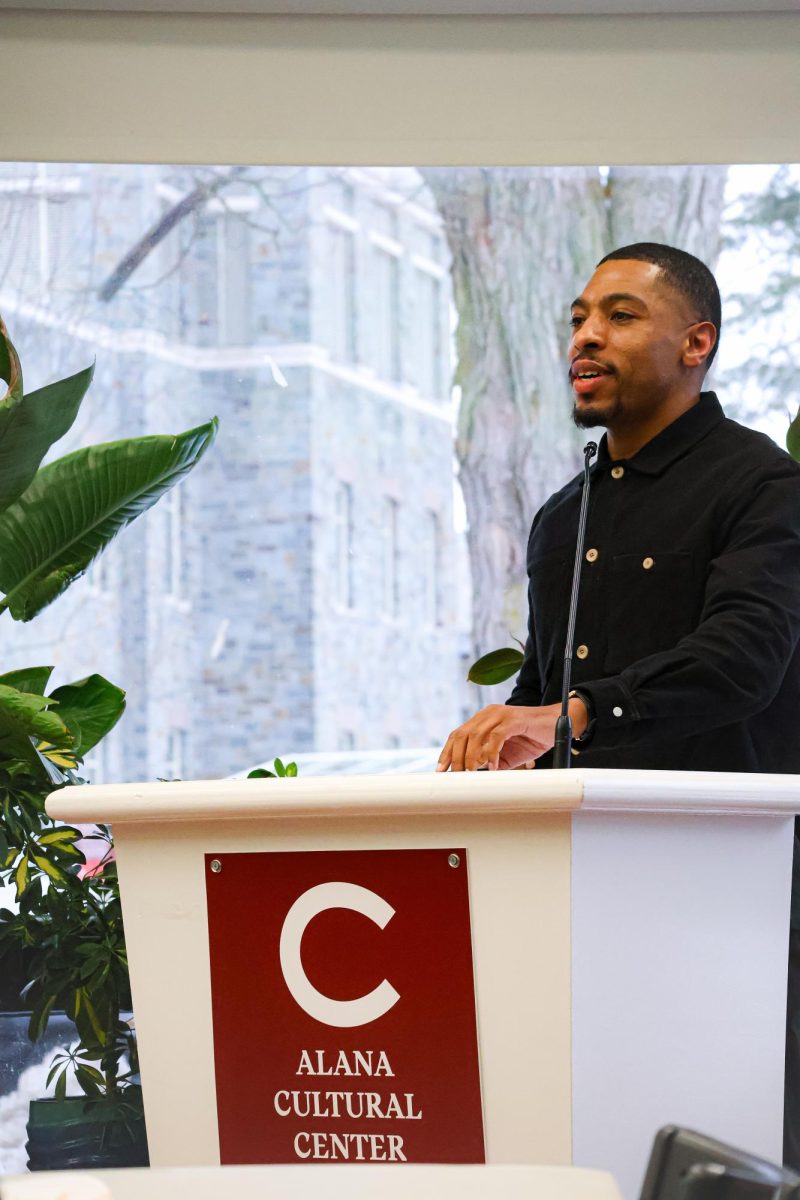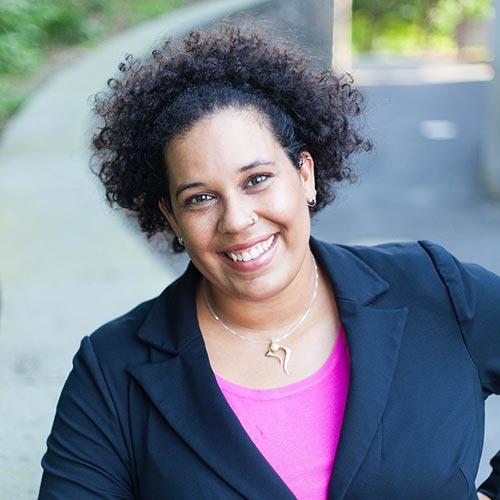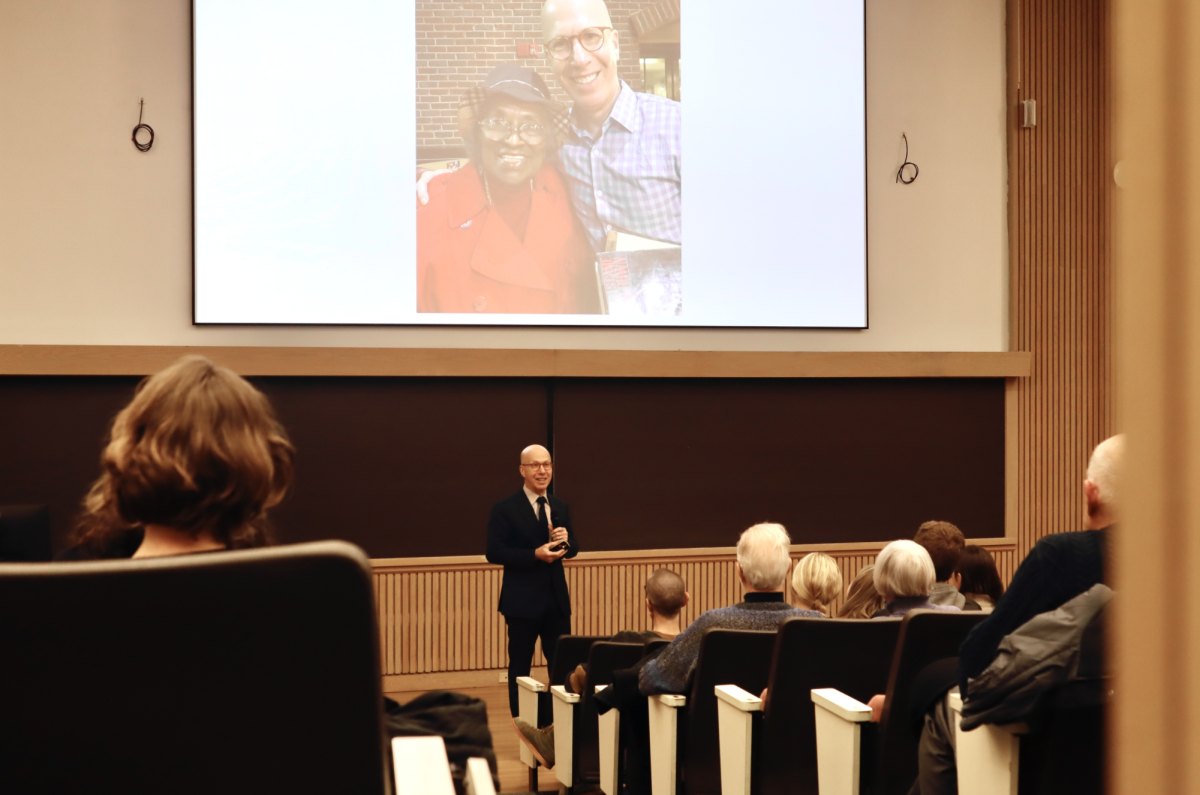Educator, scholar and self-described “refugee baby” Sunisa Nuonsy presented on the topic of contextualizing and decolonizing multilingual and immigrant education for the Educational Studies Race and Education 2024 Lecture on Thursday, Feb. 25. Nuonsy also hosted a workshop titled “All the Ways to Say, ‘Love’: Translanguaging in the Multilingual Classroom” alongside alumna Keyra Jimenez ’19 on Friday, Feb 23.
Drawing inspiration from her experience growing up as part of the displaced and resettled Lao diaspora, and from educating immigrant and multilingual learners for 10 years at an international high school in Brooklyn, N.Y., Nuonsy serves as an educator for a diverse immigrant student body who speak numerous different languages. She is an alumnus of the Fulbright Teacher Exchange program and is working toward her doctorate degree.
In her lecture, Nuonsy discussed how she did not speak English when she entered kindergarten, which caused her to face many challenges growing up. Nuonsy felt like she had a dual identity, as she had to conform to American culture at school while attempting to retain her native culture at home.
“My English got better while my mother language deteriorated,” Nuonsy said. “My parents supported this because they thought assimilation was the key to success.”
Additionally, Nuonsy was labeled as a gifted and model minority student, which taught her that obedience and literacy were the rewarded. As such, she lacked the ability to form her own identity. Nuonsy’s early life made her passionate about retaining bilingualism within immigrant children so that the two languages are able to flow together rather than be forced to separate.
“Immigrant students in the modern day United States are often forced to assimilate to an English colonial culture of homogenic whiteness and are stripped of their native culture and identity,” Nuonsy said. “We must come up with new ways of listening to get rid of the discrimination towards linguistically and racially marginalized populations.”
Nuonsy outlined solutions in order to solve this pressing issue that she implemented in her career. The student body of the high school in which Nuonsy taught consisted of entirely multilingual and recently arrived immigrants who have lived in the United States for less than four years. Each student had different levels of education, as well. Due to the great diversity in the student body, Nuonsy had to come up with creative, flexible teaching strategies to adapt to the students’ needs. Nuonsy coined the term “HELLO” — which stands for Heterogeneity and Collaboration, Experiential Learning, Language and Content Integration, Localized Autonomy and Responsibility, and One Learning Method for All — as an acronym to represent the strategies she uses in the classroom. Students were always encouraged to think and write in their native languages, allowing them to retain and feel pride in their culture. English was constituted as more democratic, equitable and inclusive for students with the goal of bridging the gap between identity and language.
“Their native language should be liberating for them,” Nuonsy said.
Ultimately, the ability to retain a bilingual identity has historically been overlooked in favor of immigrant students learning English and assimilating into American culture. Nuonsy’s research and personal experience has produced solutions towards mitigating one of the consequences of colonialism and allowing students to retain their native identity.
First-year Julia Colbert attended Nuonsy’s lecture and felt she came away with new insights.
“I learned the extent to which discrimination towards immigrant populations through language demonstrates colonizing practices that glorify white, ‘American’ culture,” Colbert said.
First-year Ashley Velazquez appreciated how Nuonsy addressed important systemic issues in the American education system and also provided methods to resolve them.
“I love that these overlooked practices are now coming to light and that we are able to implement effective solutions to help solve this issue,” Velazquez said.
Nuonsy then held a workshop alongside Jimenez. The pair are both teachers who began working with one another amidst the pandemic, embarking on a mission to navigate teaching in uncertain times. With the goal of uplifting students, they grappled with the central question: How can we be critical about what we’re teaching, but also be introspective and provide avenues for healing?
Their journey in translanguage — the practice of fluidly using multiple languages — began with The All About Love ELA Project, a visionary initiative based on bell hooks’ “All About Love” and Zora Neale Hurston’s “Their Eyes Were Watching God.” The project prompts students to critically examine their personal narratives and discern connections between love’s absence and broader cultural and systemic phenomena, as explained by Jimenez.
The workshop took students through an immersive learning experience, inviting participants to embrace the perspectives of multilingual learners while contemplating the intricate dynamics of language within the education system. Participants delved into stories of multilingual learners, dissecting the intricacies of their experiences and grappling with the challenges they encountered. Nuonsy and Jimenez then guided the group through interactive activities aimed at challenging preconceptions and fostering dialogue, including debates on pertinent questions, such as the efficacy of teaching without utilizing students’ home or native languages. Finally, students were divided into groups, tasked with deciphering the meanings of foreign words and creating multimedia representations — a synthesis of linguistic exploration and creative expression.
As the workshop concluded, Nuonsy articulated the transformative power of translanguaging in dismantling linguistic barriers, thereby fostering a space where students are empowered to celebrate their linguistic repertoires and cultural identities.
“Translanguaging breaks down language barriers,” Nuonsy said. “Students are encouraged to bring their linguistic repertoires and cultural identities into the classroom and share them with other students. Community builds as students feel free to play with their own language, the languages of their classmates and English.”
Maggie Cotter ’23, MA’24 emphasized the empowering nature of translanguaging in affirming students’ multilingualism and cultural heritage.
“Translanguaging is a tool that can be used to empower and affirm students’ multilingualism, their identities, their cultural backgrounds and also to validate their experiences so they can feel seen and heard in the classroom which can be really productive,” Cotter said.
Stephanie Skura ’23, MA’24 commented on how much she enjoyed the workshop.
“This workshop was eye-opening,” Skura said. “The activity where we thought about how to unpack different words in other languages using different types of technology and art was really helpful and something that I will definitely take into my future classroom endeavors.”
For Skura, the epiphany of translanguaging transcended disciplinary boundaries, offering her conception of translanguaging in pedagogy as a prospective secondary math teacher.
“Translanguaging is a really important tool that can be thought about in a lot of different ways,” Skura said. “As someone who intends on being a secondary math teacher in the future, I think it was really interesting and helpful to see it from a different perspective and think about how you can think about these concepts in a math classroom.”
Nuonsy’s visit touched on multiple aspects of learning as a multilingual endeavor and the ways future educators can improve the system.
















